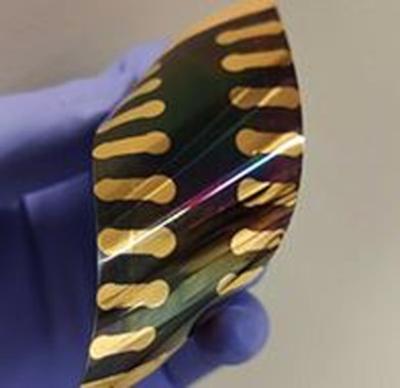Researchers develop record efficiency triple-junction solar cells using cyanate
Researchers at the National University of Singapore (NUS), Beijing University of Technology, Suzhou Maxwell Technologies and Technical University of Munich have developed a triple-junction perovskite/Si tandem solar cell that can reportedly achieve a certified world-record power conversion efficiency of 27.1% across a solar energy absorption area of 1 sq cm, representing the best-performing triple-junction perovskite/Si tandem solar cell thus far. To achieve this, the team engineered a new cyanate-integrated perovskite solar cell that is stable and energy efficient.
Current multi-junction solar cell technologies pose many issues, such as energy loss which leads to low voltage and instability of the device during operation. To overcome these challenges, Assistant Professor at NUS, Hou Yi, led a team of scientists to demonstrate, for the first time, the successful integration of cyanate into a perovskite solar cell to develop a novel triple-junction perovskite/Si tandem solar cell that surpasses the performance of other similar multi-junction solar cells.






